No products in the basket.
Blog
An Expert Guide to Landdrain Installation
Even though we’re more than used to heavy showers here in the UK, there’s a big difference between land that’s a bit wet after rainfall and land that’s waterlogged, as the latter can cause major issues for building foundations, any nearby structures, landscaped spaces and also garden areas. Usually caused by excessive rain, clay soils, or close proximity to large bodies of water, water logging requires immediate attention and as with most issues, prevention is often much better – and a whole lot cheaper – than a cure, which is why land drains are often a sound investment and worth installing in any areas that may be at risk.
Land drains – which are also sometimes referred to as perforated drain pipes – are a tried and tested method used throughout many commercial, residential, industrial and agricultural areas to redirect surface water away from buildings and ultimately prevent flooding, standing water, and damage to fields, gardens, and properties. They are relatively easy and inexpensive to install, potentially saving huge costs later down the line, and with this guide we give you some useful information and installation advice if you are looking to put a land drainage system in place as part of a commercial construction or residential DIY project.
How Do Landdrains Work?
Land drainage systems enable surface water to flow down into prepared trenches in the ground that hold land drain piping (which features a large number of holes in the pipe called perforations) that is secured between a cover layer and bedding layer of aggregate such as stone chipping or gravel. As all land drain pipes are installed at a very slight angle (gradient), once the water has seeped through the perforated holes and into the pipes, it can then easily flow through to a designated disposal point which is at a safe distance from any property. Depending on the location of the system, this is usually either a storm drain or an installed soakaway system, or a nearby natural water source such as a stream or river.
This type of land drainage system is also often called a French drainage system, which rather than being named after the country, actually originates from the surname of an American judge and farmer who championed the method in a book about farm drainage back in 1859.
Types of Landdrain
Most land drainage piping is made from rHDPE as high density polyethylene offers reliable strength and durability and it isn’t prone to water erosion. It comes in a range of lengths and diameters from 60 – 160mm that are suitable for varied situations and spaces, and although the most commonly used sizes are 25m and 50m lengths. At EasyMerchant we offer many different length and diameter options to suit a range of applications.
There are two different types of land drain pipe that are generally available – land drain coils and twinwall drains. Due to its rigid design, the twinwall type offers additional robustness that makes it more suitable for situations where there may be substantial weight placed above the pipe.
Unlike underground ducting which follows a universal colour coding system for quick and easy identification, drainage pipes are only used for one purpose – to divert water and prevent waterlogging – and as such they are usually only available in a standard shade of black, or occasionally they’re available in yellow too. When ordering land drain make sure it’s kitemarked to BS4962:1989, as this means it’s tested and up to spec for approved use in the UK!
Installing a Land Drain System
If you have a garden, sports field, landscaped area or a driveway with significant waterlogging, or the results of a recent percolation test show that the soil in a field or garden may cause issues in the future, it’s likely that you’re considering a land drain solution to eliminate the problem, however before you get started, we’d recommend that you consider all of the points that we’ve summarised here:
Once you have a general plan or a land drain layout for your garden or field drainage, as a first step you need to check with the local authority to ensure that the proposed destination for collected water is permitted. This is because councils usually have ownership of storm drains, and it is important to ensure that the maximum capacity of storm drains isn’t exceeded as this will likely lead to flooding and a potentially sizeable fine. In addition, watercourses can sometimes be protected, and if you are planning on directing water to a nearby body of water such as a river, stream or lake, it is likely that you will also need to obtain permission from the Environment Agency.
Prevent sediment buildup
To protect parts of your land drain system from a gradual build up of sediment that can block the water flow of collected rainfall, you need to either use a catch-pit or silt trap to stop soil, silt and debris from building up and causing blockages, or fit a non-woven geo-textile approximately 10cm above land drains so the lightweight separator can stop stones, sand, and other materials from making their way into drainage pipes.
Select the ideal gradient
To ensure that all of the collected water flows freely from your land drains to your selected and permitted disposal point, you need to ensure that gravity is working with the system you’ve built, rather than against it, in terms of the slope of your drainage pipes. We recommend that you opt for a gradient of around 1 in 150 (0.666% Grade) for a stable and gradual flow as a higher pipe fall could cause the water to flow too aggressively, which can often cause flooding issues.
Pick the perfect soakaway crate
If you are planning on using a soakaway crate system as the disposal point for collected water instead of a storm drain or a natural water source, you need to make sure you choose the best crates for the job as they will act as temporary water storage tank underground. It’s important to pick the correct crates with the correct load rating to ensure they’re safe for use with any traffic that may travel over the top.
Achieve optimum efficiency
Unless you are dealing with a very large area that is unfortunately waterlogged, ideally you need to make sure that the land drain is no further than 2.5 metres away from any point of the area that’s experiencing surface water problems, and the best method to achieve that in gardens is to place your land drain piping in a herringbone pattern with side branches that connect to a central spine via Y junctions. When looking to create surface water drainage for areas of a larger size, a maximum distance of just 2.5 metres isn’t usually feasible or affordable, so instead we’d advise that the position of your land drain solution is no further than 10 metres from the affected area.
Market Leading Drainage Systems
At EasyMerchant we stock a wide selection of land drainage pipe and underground drainage products from leading manufacturers, and any online order that you place with us can be with you in no time thanks to our speedy delivery service. If you have any questions or you can’t find the product you need, please do give us a call and we will be happy to help source the exact item you’re looking for.
Shop Land Drain:
Sale!
Sale!
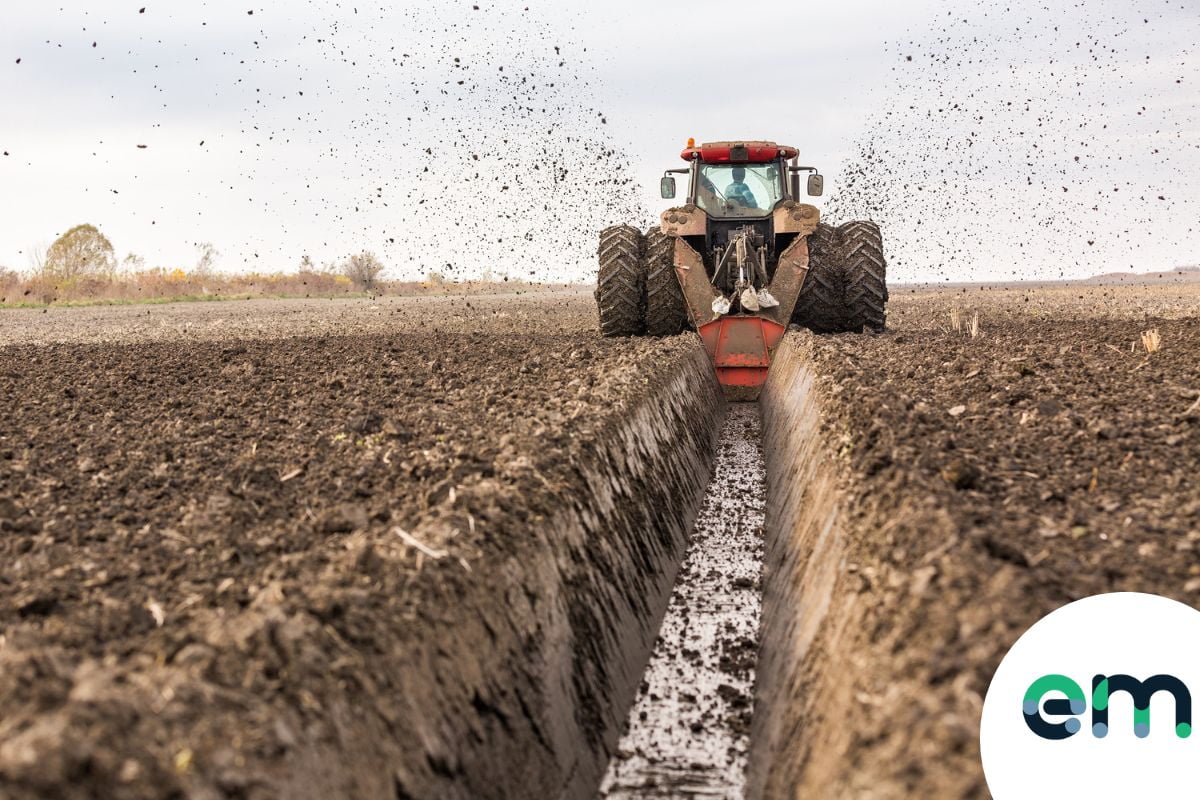
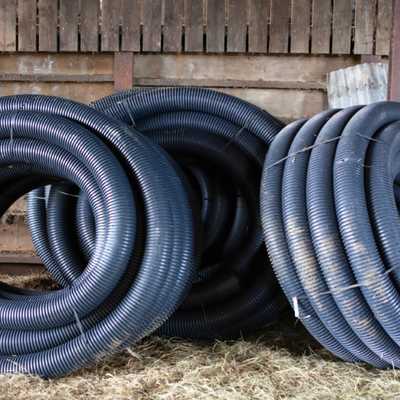
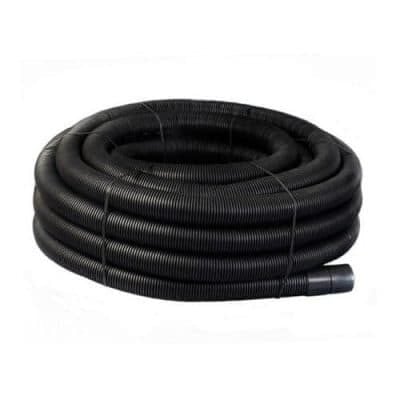
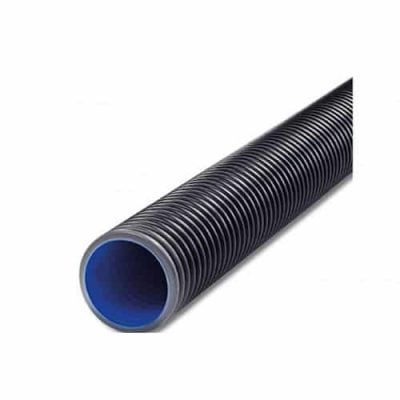
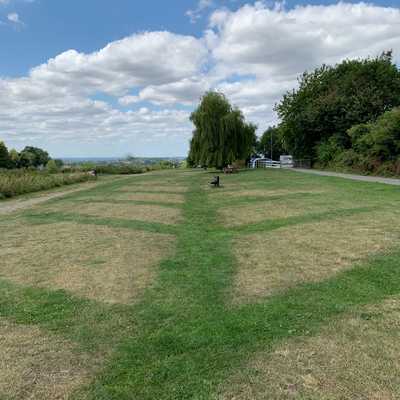
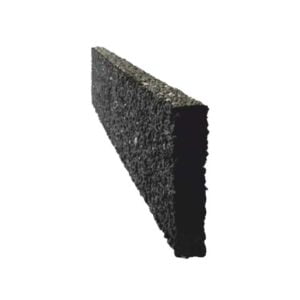
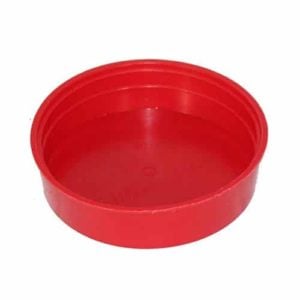
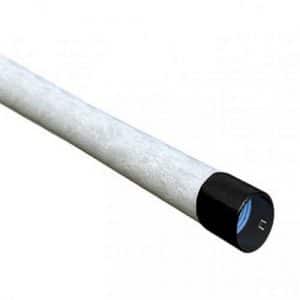

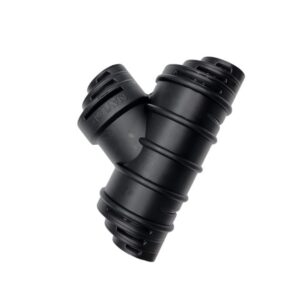
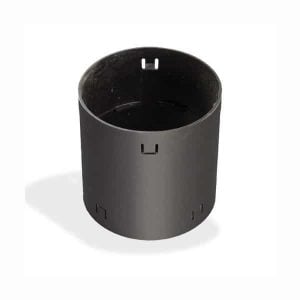
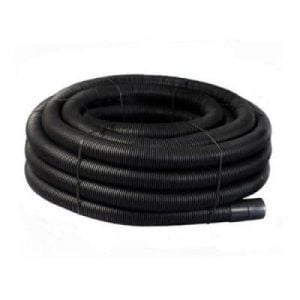
The article “An Expert Guide to Land Drain Installation” on Easy Merchant’s blog is a comprehensive resource for anyone looking to install a land drain jetting system. The author provides detailed instructions and tips for each stage of the installation process, from planning and preparation to laying the drainage pipes and backfilling. The article is well-organized, with clear headings and diagrams to help readers understand the steps involved. Additionally, the author includes helpful advice on choosing the right materials and equipment, as well as tips for avoiding common mistakes. Whether you’re a DIY enthusiast or a professional landscaper, this article is a valuable resource that provides all the information you need to successfully install a land drain system.
We have purchased a new property and have found that the developer in stalled a land drain direct into our foul drainage system. As a result our combined drainage system is overwhelmed resulting in the flooding of our property. The land drain wasn’t authorised as part of the planning application. Do you have any suggestions re challenging this defective design e.g. through reference to building regulations or other codes which must be followed.